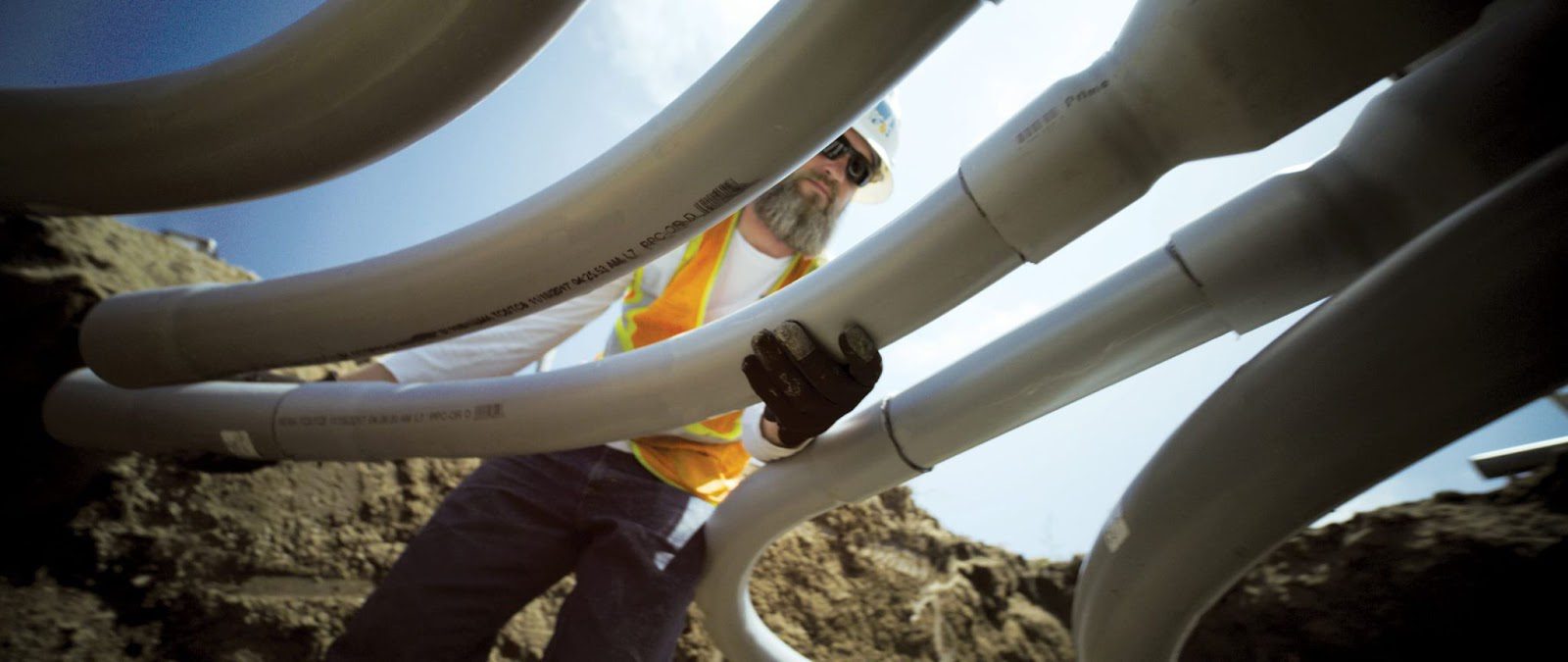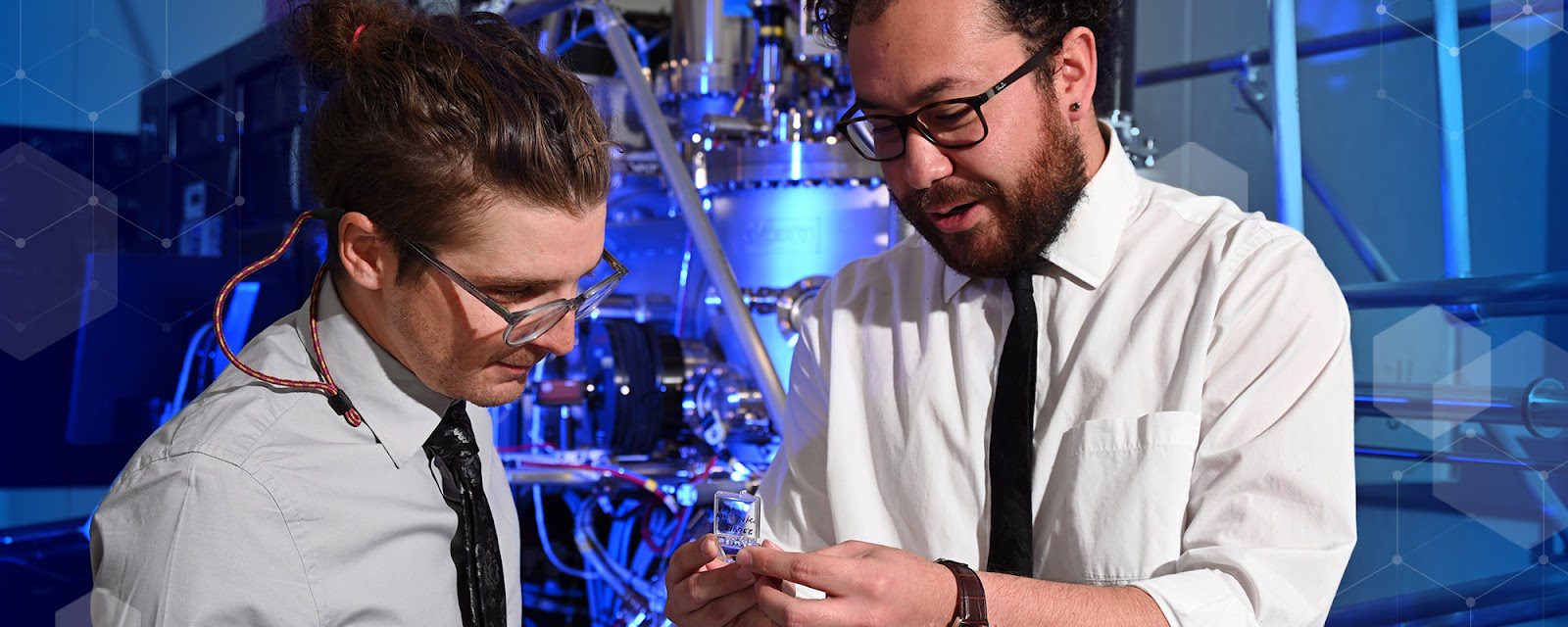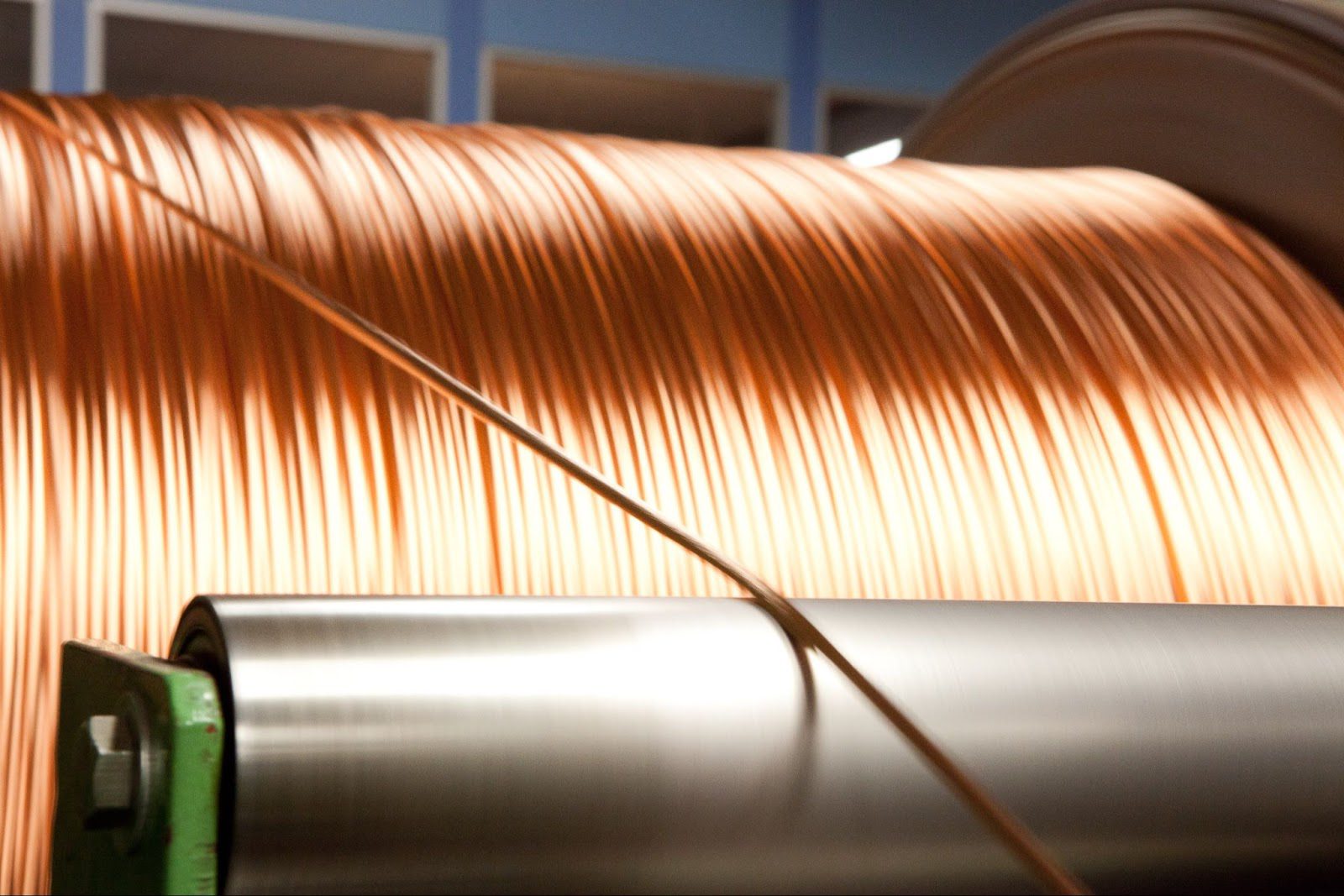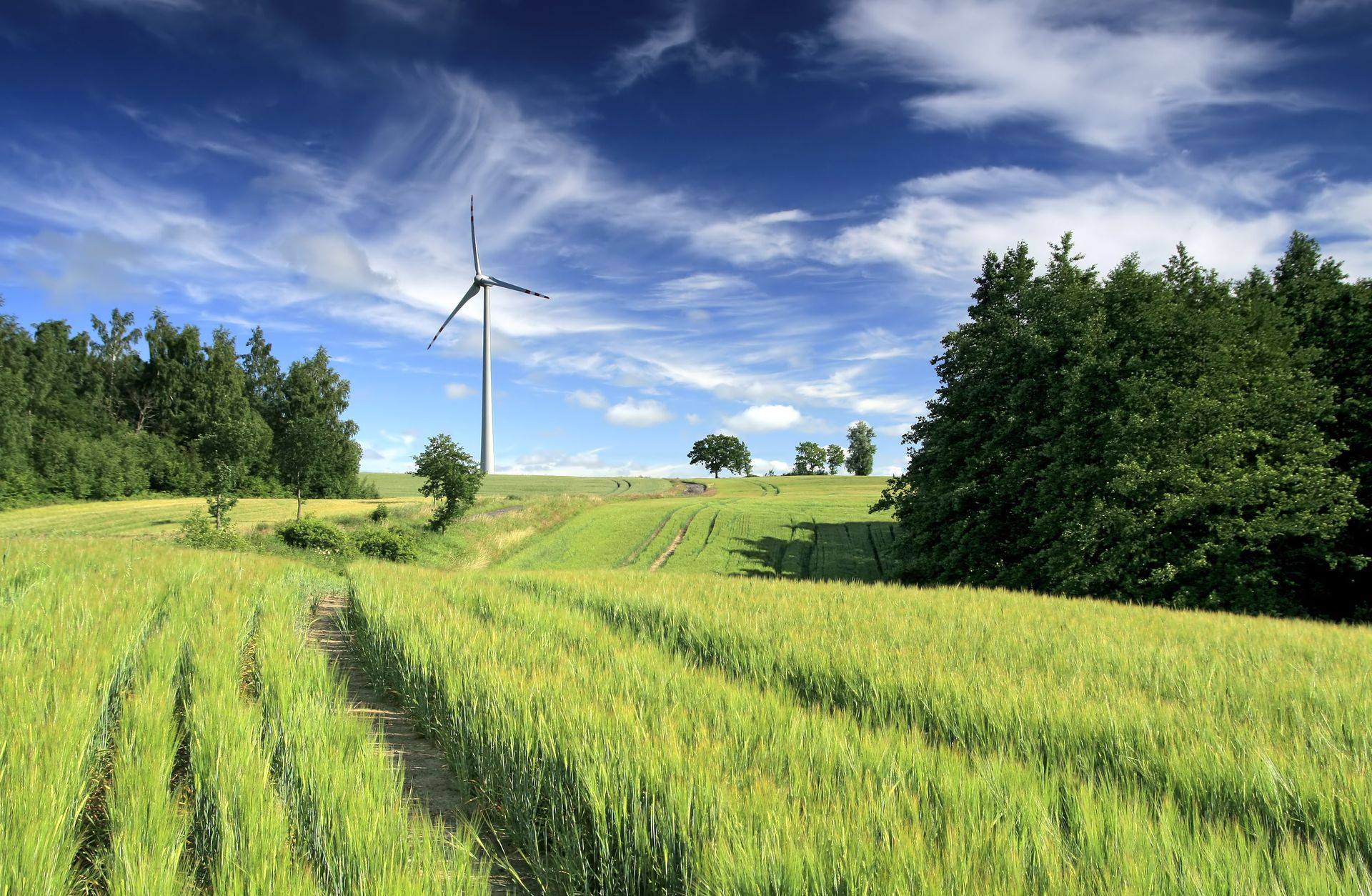At the end of September, the National Clean Energy Week Policymakers Symposium brought together U.S. senators and representatives, members of the current administration, and industry leaders to discuss clean energy topics. Among the most pressing were those on American power sector resiliency and energy independence.
As Richard Campbell, vice president of policy and research at the CRES Forum, expressed on one of the panels, “At the end of the day, Americans want three things. They want their lights on, their beer cold, and their water warm. And in the end, they don’t really want to pay more than they need to for that.” Therefore, we need to be making progress on all three prongs of the energy transition — decarbonization, energy reliability, and cost savings — to meet our collective goals.
Electric companies like Pacific Gas and Electric Company (PG&E) are at the forefront of working on the necessary solutions. The utility is certainly decarbonizing rapidly, expecting to cut Scope 1 and 2 emissions by 50% and Scope 3 emissions by 25% by 2030, operate a net-zero energy system by 2040, and achieve climate and nature positivity by 2050.
However, it is also responsible for ensuring energy reliability in a forested service territory at risk of wildfires. Therefore, in 2021, CEO Patricia Poppe announced that it would bury 10,000 miles of distribution lines, meaning far fewer power shut-offs and increased power line capacity.
Two thousand employees have been burying 20 miles per week on average in 2023 and will bury 350 miles of lines this year alone.
Plus, enhanced power line safety settings were implemented, enabling lines to shut off within one-tenth of a second if a threat was imminent. According to Yvonne McIntyre, vice president of federal affairs at PG&E, line ignition was 68% lower in 2022 than the average from 2018 to 2020.

Photo Courtesy Pacific Gas & Electric
Innovative technologies, adding to a diverse mix and wide range of power generation sources, are also essential on the path to a fully decarbonized and reliable system. As Dr. Shannon Bragg-Sitton, director of integrated energy and storage systems at Idaho National Laboratory, explained, we cannot just focus on the grid; we must simultaneously consider the decarbonization of industry and transportation.
She identified three challenges on this journey:
- Replacing the heat that is now being generated by fossil fuels;
- Developing a non-emitting energy carrier; and
- Providing clean electricity on a dispatchable basis that can be available when and where it is most needed.
The Idaho National Lab is therefore focused on clean nuclear energy as a power source that we can use to produce hydrogen and industrial heat when grid demand is already being fulfilled by renewables elsewhere.
“Working in concert with renewables such as solar and wind, these advanced [nuclear] reactors can power microgrids in isolated communities, supply heat and electricity to remote mining operations, help produce synthetic fuels, and so much more,” Bragg-Sitton wrote for congressional testimony in favor of integrated energy systems using multiple sources of power.

Photo Courtesy Idaho National Laboratory
Building domestic renewable projects is essential to energy resiliency, and digging mines for critical minerals is vital for American energy independence. However, permitting challenges remain an issue, and the need to reform the regulatory process was a recurring theme in the panels.
As Ben Steinberg, spokesperson for the Battery Materials and Technology Coalition, and Jeremy Harrell, chief strategy officer of ClearPath, elaborated, we need shorter permitting timelines, judicial processes with narrower scopes of litigation, and shorter timelines for judicial review to prevent jeopardizing good projects, and certainty that future administrations will not scrap projects. Together, these factors will encourage more investment from the private sector.
In the short term, there are ways to navigate regulatory obstacles. PG&E is getting around the need to build additional infrastructure by importing power from out of state and adding battery storage projects. The company is also teaming up with residential customers for virtual power plants that can send energy back to the grid and incentivizing drivers of electric vehicles (EVs) to charge during peak hours of renewable power generation.
In terms of mineral dependency, as Harrell listed, we can use international partnerships, technological innovation, and recycling to get the resources we need.
Recycling, in particular, will be critical for the U.S. to be fully self-sufficient in the energy sector. Christopher Minardi, director of communications for North America at cable company Nexans, noted that it needs a lot of copper as the only manufacturer of subsea cables for offshore U.S. wind farms. Therefore, they incorporate recycled material into the production process at their Montreal facility.

Photo Courtesy Nexans
According to McKinsey & Company, the world will need 36.6 million metric tons of copper by 2031 but will face a supply of only about 30.1 million tons. All hope is not lost, though, as a lot of material will be available for reuse in the near future.
“We haven’t reached a critical mass yet … As EVs come off the market and off the grid, you don’t want to send them abroad, you want to be putting them back into the system, infinitely … It’s 10 to 15 years out. It’s really gonna go boom, in a good way,” as Steinberg said on a panel.
At the end of the day, having these critical minerals is not just crucial for the energy transition but also for U.S. national security. The Department of Defense uses 750,000 tons of minerals per year for military technology. By sourcing this material domestically, we can minimize the influence of foreign powers over our capabilities.





